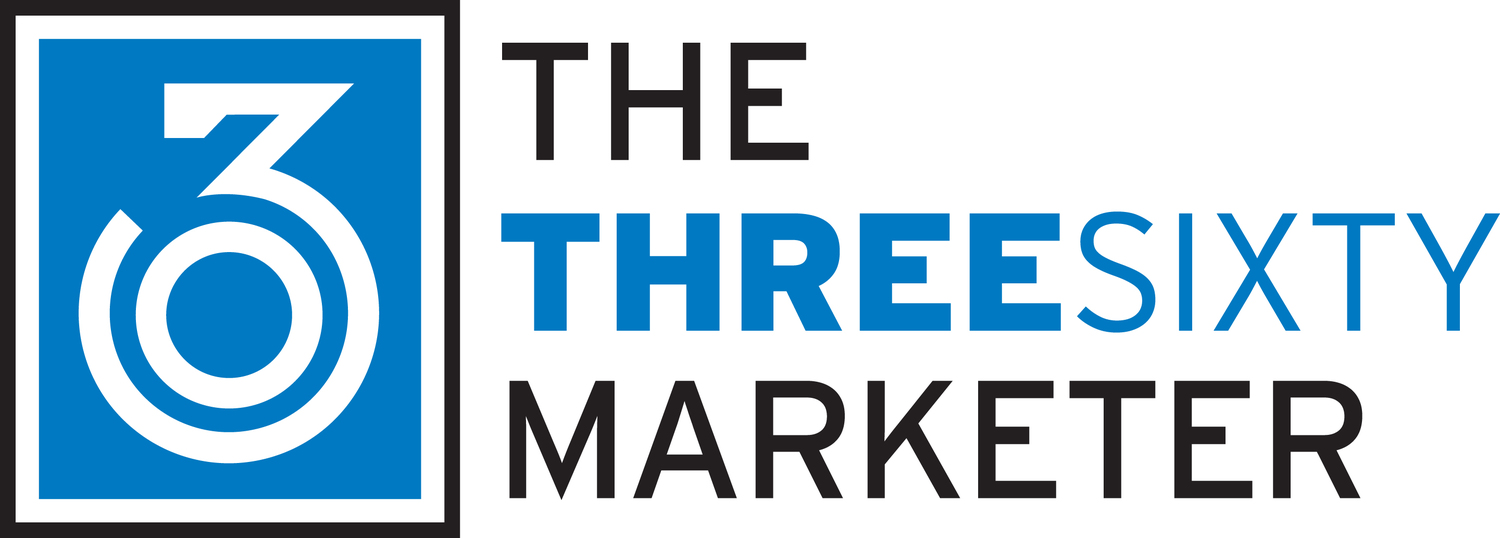“Exchange – Explore – Engage” The Role of Events in Growing a Cross-Border Community
/At MAPLE Business Council, events are a key component of our cross-border outreach between Southern California and Canada. With a mission to connect individuals, ideas and organizations together across sectors, growth stages and regional and national borders, events are a pivotal foundation for building relationships. And once you have made a connection with someone then opportunities can be explored and resources engaged.
In our first 20 months since launching MAPLE, we’ve hosted nearly 25 events. Its not our only form of programming but they play an important role. These have included intimate networking events, a fireside chat, international panel discussions to a dinner reception at the Canadian Official Residence. The exact formula of each event of course differs depending on the objectives, target audience, location, even the time of day. (and never forget Los Angeles traffic!)
So what does it take to for an event to be effective?
It starts of course with clearly identifying your meeting objectives. Will this be a general orientation to a topic, an exchange or debate of ideas, an in-depth exploration of an issue? How many people are involved in communicating the messages? Each suggests a different approach to how the communications will be managed.
And then consideration should be given to your target audience. What is their incoming knowledge of what is being presented? What are their motivations for attending? What constraints need to be considered in terms of meeting time, access and even sometimes protocols? What will represent a meaningful ROI for their time?
Identifying this information upfront is important and helps to lay the groundwork for the event design. At MAPLE, we look at events, no matter the format, as having a core DNA. We consider it as the three E’s – “Exchange – Explore – Engage”.
It starts with “Exchange”. Having a dedicated time period for networking brings immediate value in making key connections. You want to know who is in the room first. It’s about creating connections between guests and between speakers and guests. It can be a primer for the content that will be formally shared later on. A sense of camaraderie can be fostered especially if the event is celebratory or becomes a shared experience of something new.
The meat of the event is typically the “Explore” stage. Here the core content is presented. This can be by lecture, individual presentations, moderated panel discussion or debate, a fireside chat. Video content can amplify the key messages and set the tone of the event.
At this point, it is easy to end an event with people departing without a clear idea of how to “Engage” further. This is a common mistake. A good event will leave the audience with a call-to-action. This can be facilitated by concluding remarks, distribution of materials, identification of online content, access to speakers and thought-leaders informally after the event, and through an additional networking period. Key messages can be reinforced after the event too through post-event communications.
The event does not end when the lights go out. Post event marketing can reinforce key takeaways, strengthen a sense of community by memorializing and celebrating what was shared together, provide access to additional content and resources that can expand the reach of the event content further. And of the course the networking dividend of the event has the potential to continue on indefinitely.
With the “Exchange-Explore-Engage” model tailored to the best format for content sharing and the needs of the target audience, the value of an event can be optimized for all involved. What is hard to measure, but becomes the ultimate ROI of the event, are the outcomes from the connections made and the information shared.
In a networking environment that lives between the meeting participants, much of which will not be visible to the meeting hosts who orchestrated the event. For the clients on whose behalf the event was produced, contacts, leads, and future engagements will be among the key metrics to measure. And there are the intangibles of increased awareness for their brand and the regard with which it is held. These are difficult to measure in isolation but are certainly potential benefits.
Lastly, the event should not be an island unto itself but a tactic that is part of a broader outreach to a target audience. Events can act as a prelude to deeper and more targeted discussions with groups or one-on-one. They can mark key milestones and of course be annualized touch points. Ideally they are part of an ongoing narrative. At MAPLE, our quarterly networking events play an important continuity role for key communications with our community such as networking reconnects, council updates and member presentations, that are then accented throughout the year with meetings that focus on particular opportunities or topics within our overall cross-border mission.
Events are the lifeblood of a growing community providing valuable exchanges, explorations and engagements. For those interested in cross-border opportunities between Southern California and Canada, we invite you to exchange, explore and engage with us at a future MAPLE event.
Stephen Armstrong is co-founder of MAPLE Business Council, a non-profit senior executive council focused on promoting investment, trade and entrepreneurship between Canada and Southern California. Stephen is principal of The 360 Marketer, a marketing consultancy. For more information on MAPLE, please visit www.maplesocal.com.



